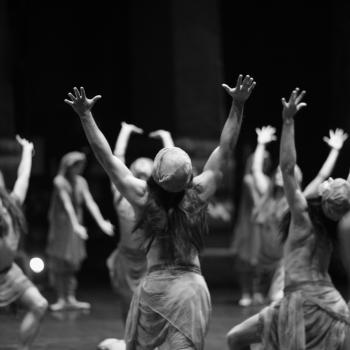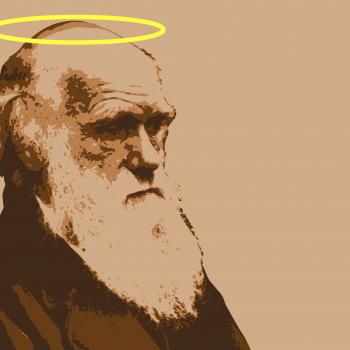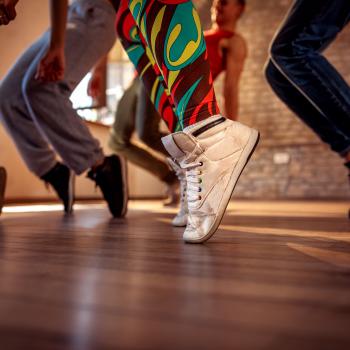Nicholas C. DiDonato

Neurologists have long wondered whether a particular part of the brain can help explain a person’s experience of God. Stanley Koren and Michael Persinger, for example, famously developed the “God helmet,” a device that stimulated what they called “the God spot” and so induced its wearer to feel the presence of God. (Interestingly enough, the device had little effect on the popular atheist writer Richard Dawkins.) However, neuropsychologists Brick Johnstone and Bret Glass (both University of Missouri) challenge the plausibility of the “God spot,” arguing that spirituality involves many areas of the brain.
To be clear, Johnstone and Glass do not believe that every area of the brain contributes equally to religious or spiritual experiences. They emphasize that certain regions play a correlative role and matter more than others. For instance, they replicated the findings of previous research that suggested that the feeling of transcendence correlates with decreased activity in the right parietal lobe. Furthermore, according to their research, spiritual or religious experience correlates with increased frontal lobe activity.
The researchers, far from denying that certain parts of the brain play a more prominent role in religious or spiritual experience than others, simply deny that any single area controls the entirety of such experiences. In other words, there is no God spot. Instead, various major regions of the brain contribute to these experiences, including the right parietal lobe and the frontal lobe.
To support this conclusion, the researchers surveyed participants who endured significant brain injury to their right parietal lobe, hypothesizing that damage to the right parietal lobe in general (and not one “spot”) would result in increased religiosity or spirituality. The participants completed a survey with questions concerning how close they felt to God or a higher power, to what extent they felt part of a larger or divine plan, how often they attended religious services, and how frequently they watched shows with religious content.
As expected, the more severe the injury to a participant’s right parietal lobe, the closer the participant felt to God or a higher power. Obviously, this correlation does not mean causation—that is, the more severe injury did not cause a greater closeness to something transcendent. The researchers postulate that since the right side of the brain controls one’s sense of self, a decreased ability to form an individualistic, disconnected sense of self will open the doors to greater religious or spiritual experience – such as a feeling of “oneness” with all things – because the boundaries between the individual and world won’t be as thick. In fact, studies of Franciscan nuns praying and Buddhists meditating reveal how both groups have learned to suppress the right side of their brains. It appears that in actual religious practice, and not just in laboratory settings, the right hemisphere plays a key role in transcendent experiences.
Importantly, the right hemisphere is not the only player. Increased frontal lobe activity correlated with increased religious attendance and/or watching religious programs. Again, multiple regions of the brain have a part in one’s religiosity or spirituality. At this point, the researchers’ hypothesis appears confirmed: no one part of the brain monopolizes religiosity or spirituality. According to this research, at the very least, the right lobe (especially the right parietal lobe) and the frontal lobe both matter, and no third “spot” of the brain that could somehow explain both phenomena looks promising. It looks as though at least two major areas of the brain (hardly “spots” even in and of themselves) contribute to religious or spiritual experience.
Of course, given the nature of science, one day future neurologists very well might discover a God spot after all—a single spot that explains all the above findings by appealing to only one area of the brain. Alternatively, it could also turn out that the left lobe too plays a role in transcendent experience, in which case people could literally love God as the Christian Gospel suggests: with all their mind.
For more, see “Support for a Neuropsychological Model of Spirituality in Persons with Traumatic Brain Injury” in Zygon as well as a good summary from MedicalXpress.











